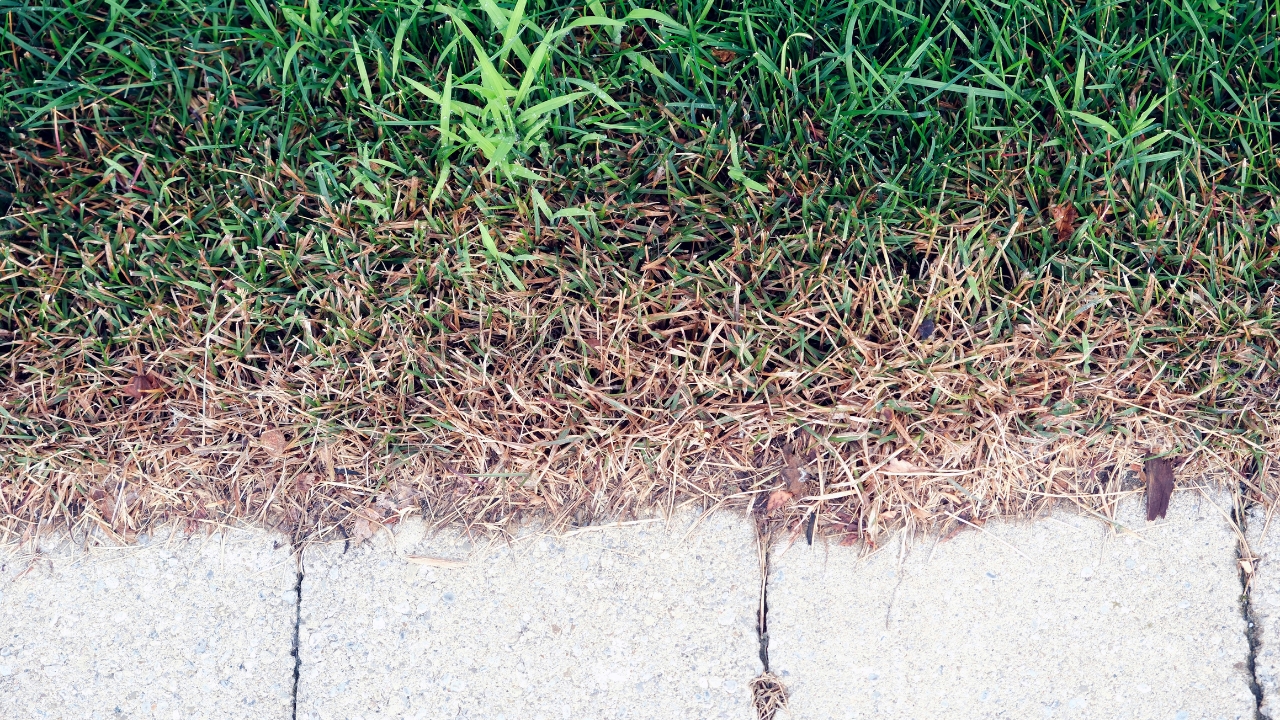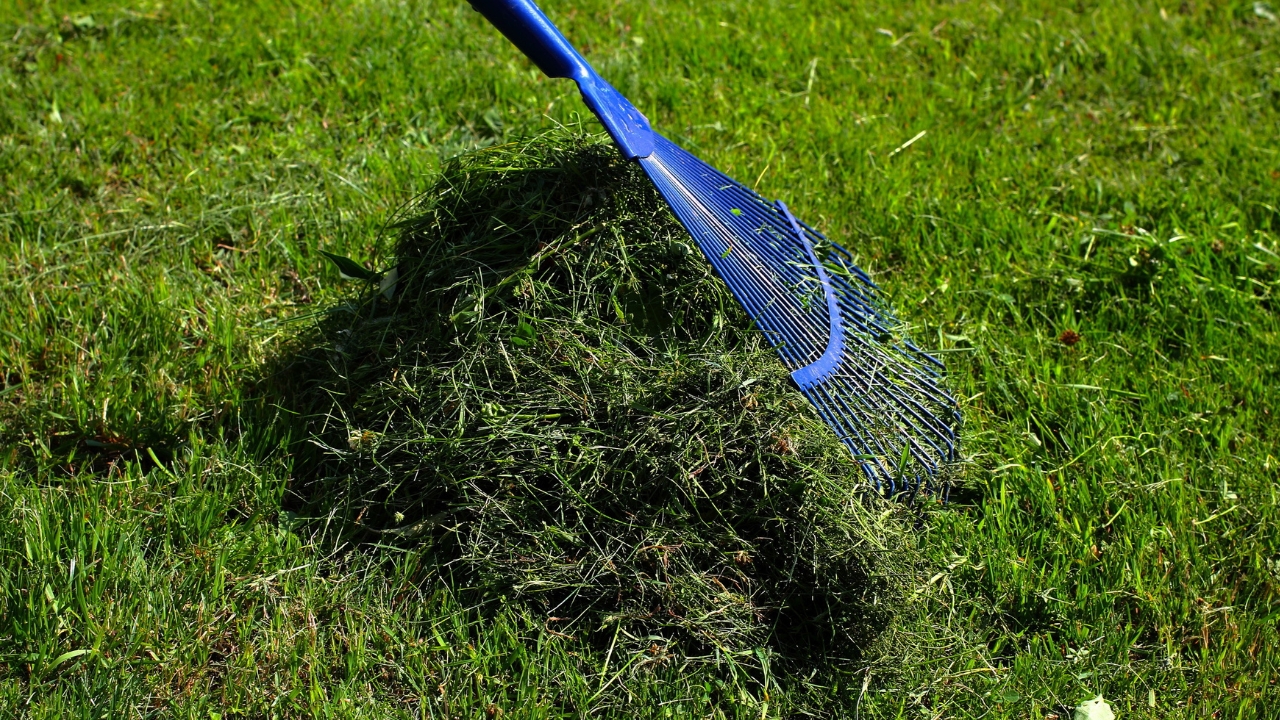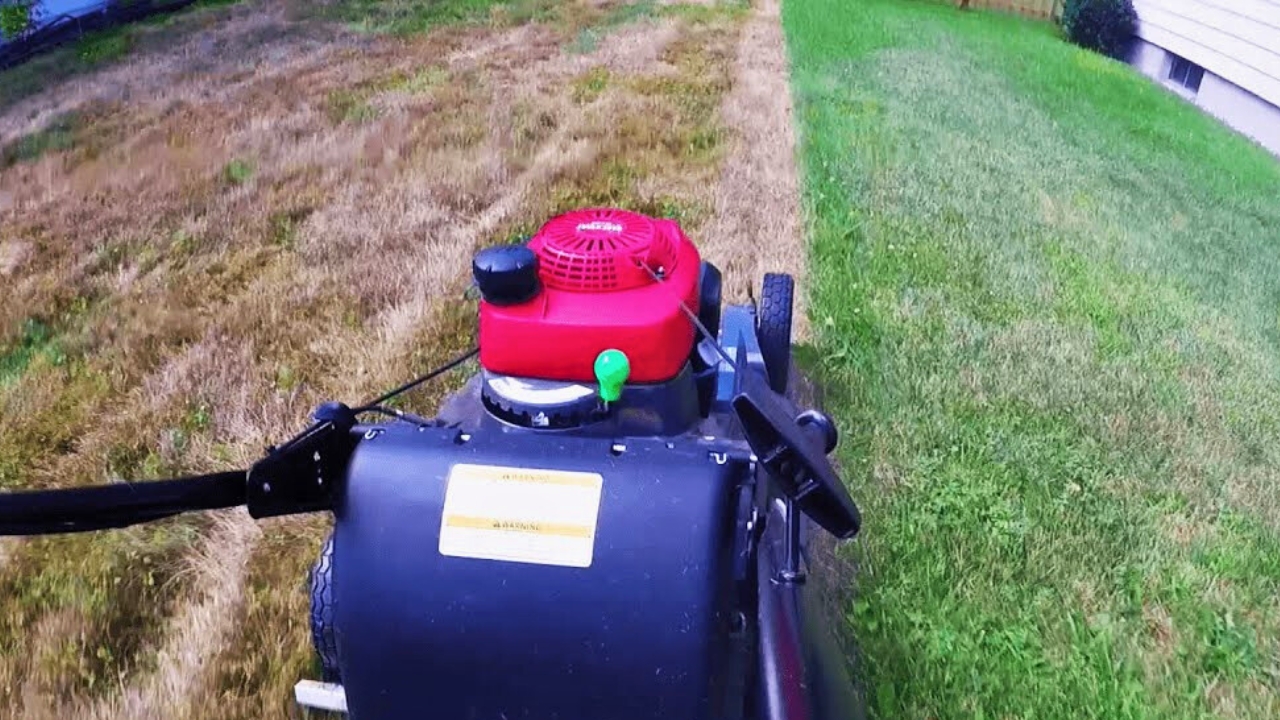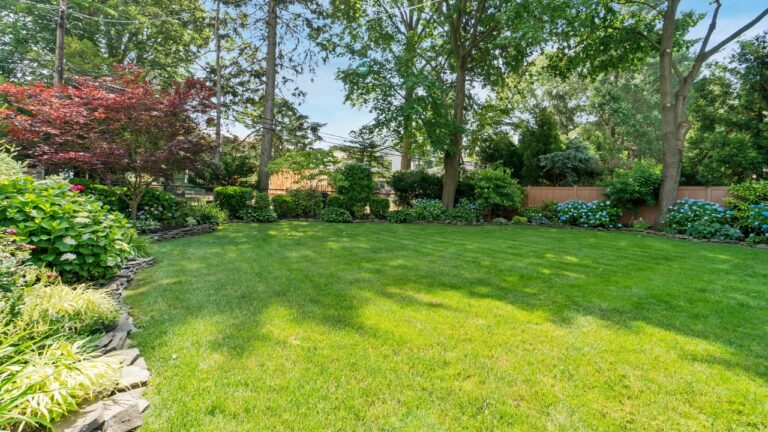10 habits that kill grass faster than you realize
Grass usually doesn’t fail overnight—it weakens little by little until bare patches and weeds take over. A lot of times, it isn’t the weather or even your soil to blame. It’s the small, repeated habits that keep grass from thriving.
If you’ve been frustrated that your lawn looks tired no matter what you do, these are the yard habits worth breaking.
Mowing Too Short

Cutting grass too short may seem like a way to mow less often, but it weakens the root system. Grass relies on blades for photosynthesis, and shaving it down leaves it struggling to recover. Short grass also exposes the soil, leading to more weeds and faster water evaporation.
Over time, scalping the lawn creates thin, weak patches. Keeping your mower set at the proper height—usually three inches for most grasses—gives the roots strength and helps your yard stay lush.
Watering Too Often

A daily sprinkle might feel helpful, but it encourages shallow roots. Grass does best with fewer, deeper waterings that soak the soil. Shallow watering leaves the lawn dependent on constant moisture and less resilient in heat or drought.
The better routine is watering deeply once or twice a week, depending on rainfall. That way, the roots chase the water down, anchoring the grass and keeping it stronger in tough conditions.
Using Too Much Fertilizer

Fertilizer is good in moderation, but too much burns grass and forces weak, quick growth. Over-fertilized lawns also require more water and mowing, which creates unnecessary stress.
Stick to a seasonal schedule and use the right type for your grass. More isn’t better—balanced feeding will do more for long-term health than dumping on extra nitrogen.
Letting Clippings Build Up

Grass clippings are fine in small amounts, but letting thick layers pile up blocks sunlight and smothers new growth. That layer, called “thatch,” keeps water from soaking in properly and weakens the roots.
If clippings are short, leave them to break down naturally. But when mowing long grass, bag or rake the extra to keep the lawn breathing and growing.
Ignoring Soil Health

Compacted soil makes it tough for roots to spread and blocks water absorption. If you’ve never aerated your yard, chances are the soil is too dense. Grass sitting on hard ground eventually thins out and dies back.
Aerating once a year opens up the soil, giving water, air, and nutrients a path to reach the roots. Pairing that with overseeding helps grass fill in and compete against weeds.
Overwatering

Too much water drowns the roots and encourages fungus. Wet soil also invites pests and disease, which can wipe out large sections quickly.
A healthy lawn dries a bit between watering sessions. If the ground feels soggy or you’re seeing mushrooms pop up, you’re watering more than your grass can handle.
Forgetting to Sharpen Mower Blades

Dull mower blades tear the grass instead of cutting it clean. Torn blades leave jagged edges that brown quickly and make the whole lawn look stressed.
Sharpening blades at least once a season keeps cuts clean and reduces strain on the grass. It’s one of the easiest fixes for improving lawn health and appearance.
Neglecting Weeds Early

Weeds steal nutrients and choke out young grass. If you let them spread before tackling them, they’ll dominate weak patches and leave no room for healthy growth.
Staying ahead with early weed control—through pre-emergents or hand-pulling—keeps grass from losing the battle. Strong turf has fewer weeds, but it starts with keeping them in check before they take over.
Leaving Heavy Items on Grass

Parking equipment, toys, or furniture on grass crushes blades and compacts soil beneath them. If left long enough, those spots may not recover.
Moving items around and giving the lawn time to bounce back prevents long-term damage. Grass needs air and sunlight to stay alive, and blocked areas are quick to thin.
Skipping Seasonal Care

Grass has different needs in spring, summer, and fall. Skipping seasonal maintenance—like seeding in fall or feeding in spring—leaves it vulnerable.
Following the yearly rhythm ensures your grass stays strong through heat and cold. Neglect during one season almost always shows up as weak spots in the next.
*This article was developed with AI-powered tools and has been carefully reviewed by our editors.







